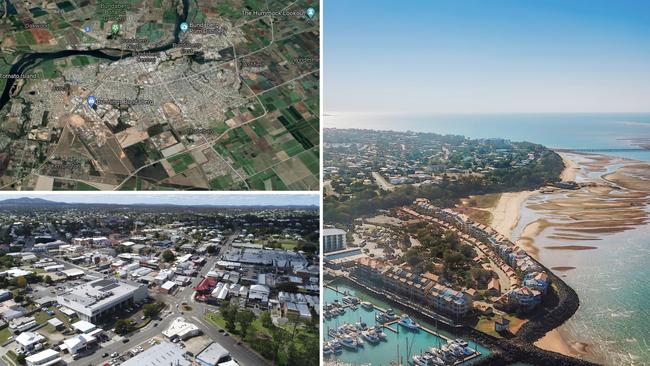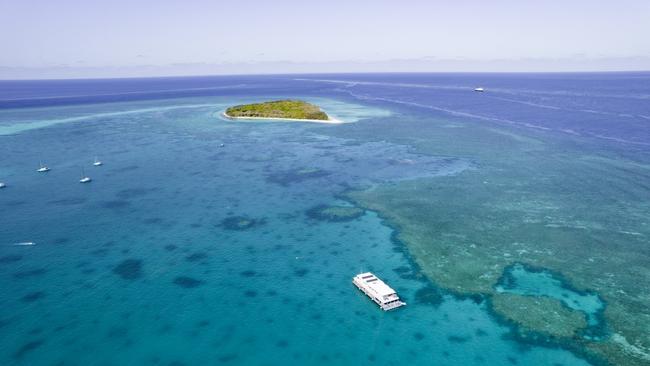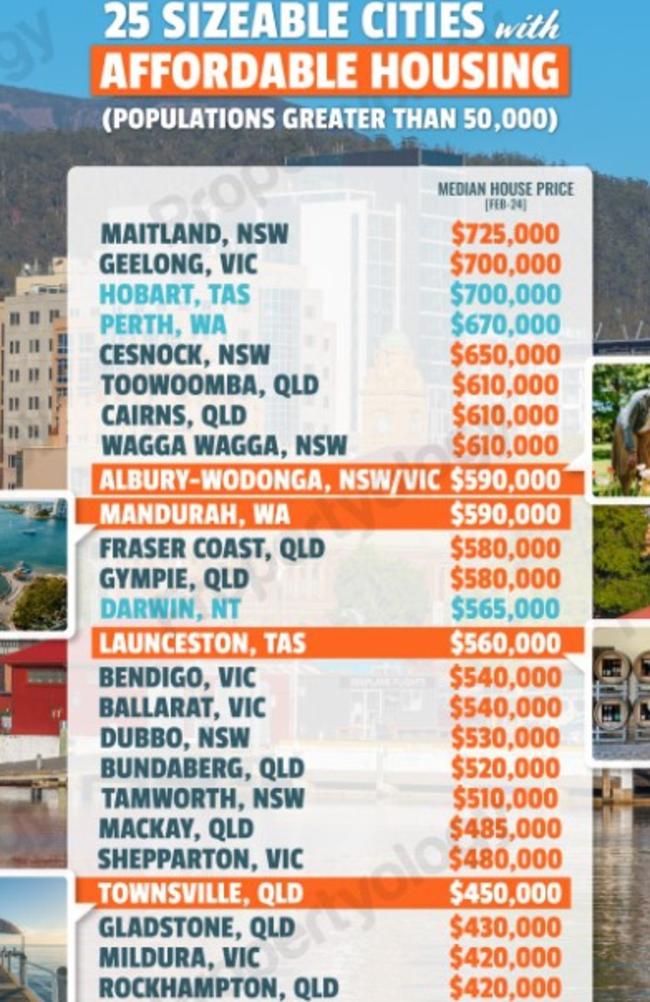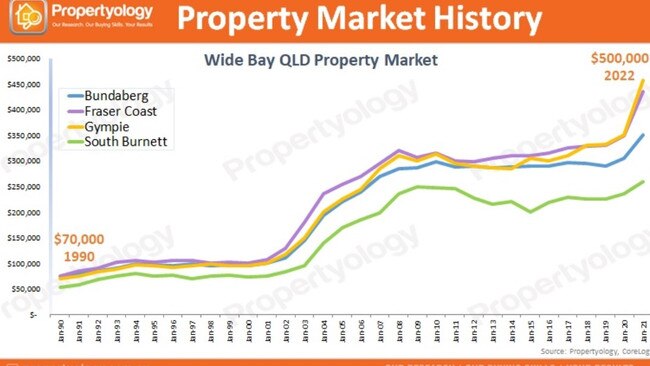Gympie, Bundaberg, Fraser Coast among nation’s most affordable places
There are currently 25 Australian cities, including three state capitals, with a population of 50,000 or more and a median house price below $750,000. Three of those are in the Wide Bay. See the full list:

Gympie
Don't miss out on the headlines from Gympie. Followed categories will be added to My News.
House hunters digging for a “diamond in the rough” will strike it rich in Wide Bay, with a new property report listing the region’s three cities among the most affordable in Australia.
Gympie, the Fraser Coast and Bundaberg all made Propertyology’s top 25 sizeable cities with affordable housing for their ability to offer housing and job opportunities.
Gympie and the Fraser Coast tied for 11th on the list with a median housing price of $580,000, as of February 2024.
Bundaberg came in at 18th with a $520,000 median housing price.
The report from the property analysis group said five years ago there was a “plethora” of spots to buy a “low maintenance house” for $500,000 or less.
The benchmark now was $750,000, it said.
Worst waiting times revealed amid damning ambo ramping figures
Named: Qld towns and cities that are Australia’s greenest suburbs

“There are currently 25 Australian cities, including three state capitals, with a population of 50,000 or more and a median house price of less than $750,000,” it says.
Maitland, about 20km northwest of Newcastle, topped the list with a median price of $740,000 (see the full table below).

Geelong and Hobart rounded out the top three with median house prices of $700,000.
Each of the 22 “mini capital cities” had “quality infrastructure and an abundance of employment opportunities”.

The Wide Bay market, which includes the South Burnett in Propertyology’s data sets, has soared in the past 30 years.
A group report on the Wide Bay from late 2022 shows the median price jumped by 614 per cent in the past 32 years, from $70,000 in 1990 to $500,000 in 2022.
This was driven by two spikes, the first between 2002 and 2008, and the latest starting in 2020.
“The 30-year modern property history of the Wide Bay shows that it is capable of producing significant property booms while the cost of housing is still very affordable relative to the rest of Australian,” the groups says.
Since 2010 the region’s population had grown by 14 per cent, and is expected to have a population of 430,000 people by 2031.





